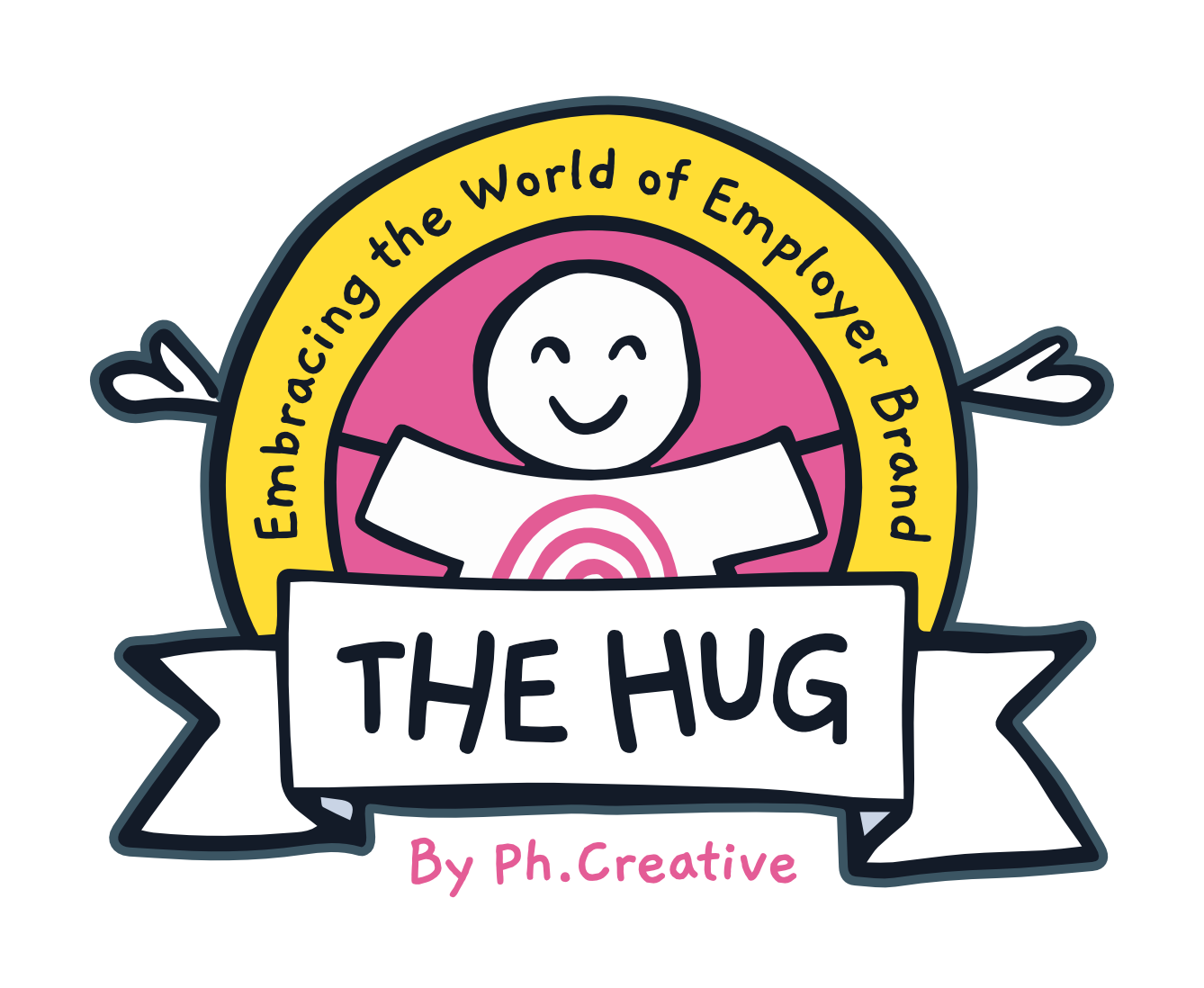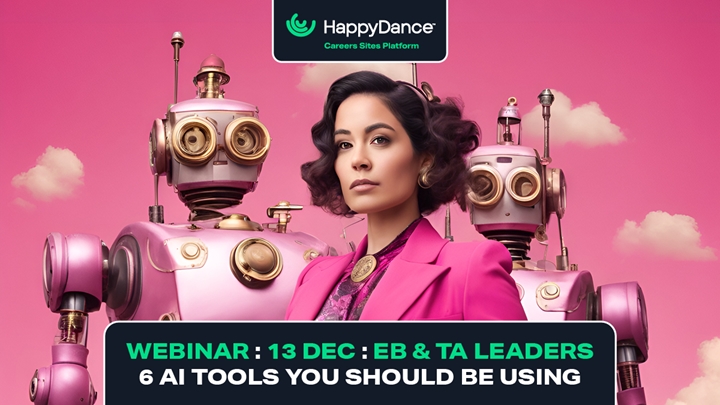How to become a strategic Jedi using AI prompts
2 min read. Forget ChatGPT cheat sheets, crafting the right AI prompt can be an interesting and productive exercise in strategic thinking...
Forget ChatGPT cheat sheets, crafting the right AI prompt can be an interesting and productive exercise in strategic thinking...
In today's AI-driven world, the ability to craft effective prompts is not just about leveraging the technology – it can also be a powerful tool for sharpening critical thinking and problem-solving skills.
As we attempt to get to grips and learn how to make use of emergent AI technology, we sometimes encounter different results and sometimes wildly off-target responses – so-called AI Hallucinations - because we have not given it the right prompt.
There is a great deal of obsessing about prompt crafting and how to do it correctly. There is no shortage of ChatGPT cheat sheets on LinkedIn and elsewhere promising to unlock the door. But the truth is there is no secret code. AI is already artificially intelligent enough to be able to work out what you want, and it will only improve. The only secret code you need is perseverance.
Prompting AI for Strategic Thinking
The best way to use AI systems is not to craft the perfect single prompt, but rather to use it interactively. Try asking for something, then modify the results with further prompts. Work with the AI, rather than trying to nail it with a single command that can deliver everything you want.
Aside from getting the required results, the process of crafting the right request for what you want can be an excellent way to crystallise what it is that you are trying to achieve and how you are going to achieve it.
The process of creating the perfect prompt for an AI assistant like ChatGPT is a journey that forces you to distil your thoughts, refine your understanding, and arrive at a clear, concise articulation of the problem you're trying to solve.
Suppose, for instance, that an employer brand strategist was tasked with crafting a compelling narrative about a company's culture. Something that doesn't just attract talent but speaks to their aspirations and aligns with their personal values. Where should they start? Instead of diving straight into writing content, they begin by formulating a prompt for ChatGPT. Initially, the prompt might be vague and unfocused, but as they iterate and refine it, something remarkable happens.
With each revision, the strategist must grapple with the core essence of their message and the challenge of stripping away the superfluous and zeroing in on the key elements that truly capture the company's ethos.
What are the specific aspects of the culture that resonate most strongly? How can they best articulate the organisation's values in a way that aligns with prospective employees' aspirations?
The process might be likened to a sculptor meticulously chiselling away at a block of marble, gradually revealing the sculpture hidden within. By the time the strategist arrives at the 'perfect' prompt, they have not only crafted a concise and compelling request for the AI, but they have also achieved a deeper, more nuanced understanding of the problem they set out to solve and how to solve it.
Level up your employer branding with the right AI prompt
The final prompt is a distilled essence of the company's ethos, something that could stand alone as a testament to the firm's values and appeal.
The true power of prompt engineering lies not merely in the AI output itself, but in the intellectual rigor and clarity of thought it fosters within the human prompt crafter. It's an exercise in precision, focus, and distillation – a process that sharpens the mind and equips individuals with the tools they need to approach complex challenges with clarity and insight.
The lesson here for employer branding professionals? Embrace the prompt crafting process. Find your own way with it. It's an exercise in honing your message to its most compelling core. By the time you've crafted that 'perfect' ChatGPT prompt, you've also mapped out a blueprint for your narrative, one that's thoughtful, engaging, and deeply resonant with your target audience.
But…before you write that prompt…
Clearly define the target audience: Who are you trying to attract with this narrative? Understanding the mindset, aspirations, and values of your ideal candidates is crucial for crafting a resonant message.
Gather relevant data and research: Review employee survey results, market research, competitor analysis, and any other data points that can provide insights into the company's culture, strengths, and unique selling points as an employer.
Identify key cultural pillars: What are the core values, behaviours, and attributes that truly define the company's culture? Distil these into 3-5 key pillars or themes that should be emphasised in the narrative.
Collect real-life examples and stories: Compelling narratives are brought to life through specific examples, anecdotes, and emotional stories that illustrate the cultural pillars in action. Gather these from employees across different teams and levels.
Understand the company's vision and goals: The narrative should align with and support the company's overall mission, strategic objectives, and where it aims to be in the future as an employer and business.
Define the desired tone and voice: Decide on the appropriate tone, style, and voice for the narrative that will resonate with the target audience while authentically representing the company brand.
Sign up to our blog

Every other Thursday we share:
✔ One feature full of our freshest insights
✔ An expert hack you'll love to use
✔ The links you need now
+ other helpful bits for thousands of EB and TA pros just like you


